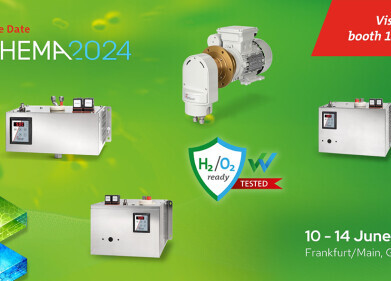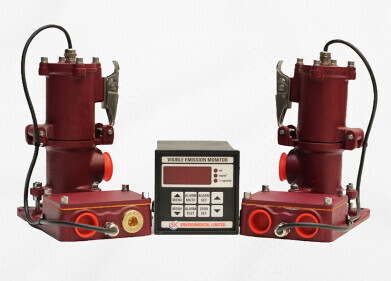Air Monitoring
Are There Ways to Reduce Indoor Pollutants?
Jul 31 2021
Given that we spend the vast majority of our lives indoors, it’s important to maintain high levels of air quality inside our homes and workplaces. Not only will doing so protect our physical health and prevent the development of cardiovascular and respiratory complications, but it can also improve productivity, enhance mental health and boost cognitive function.
Fortunately, there are ways to mitigate the problem. There is a wide variety of pollutants that affect indoor air quality, including particulate matter, volatile organic carbons (VOCs) and carbon monoxide. There are certain strategies to reduce the concentrations of all of them, though each might require a specific approach depending on its characteristics and the environment in question. Here’s a quick rundown of three of the most effective ways to reduce indoor pollution.
Target the source
The ideal solution to any problem is preventing it from occurring in the first place. Many pollutants are released via the use of products or processes, such as disinfectants and cleaning agents. Switching out ones which contain a large amount of synthetic chemicals for more natural and organic alternatives is a good way to prevent that from happening.
Meanwhile, contaminants like asbestos can be sealed off or enclosed and the emissions produced from cooking can be reduced by adjusting the settings on your appliances. What’s more, you can mitigate the overall impact of activities like cooking, cleaning, painting, and burning fuel by opening windows or turning on extractor fans while you do so. Which brings us onto the next point…
Increase ventilation
One of the most effective ways to improve indoor air quality is to ensure that pollutants are not allowed to settle and accumulate in an environment. Improving ventilation in an enclosed building can help to disperse them and prevent them from reaching dangerously high concentrations. Even something as simple as opening windows (especially during or immediately after rainfall) can help the situation.
For a more effective solution, installing a window fan or air conditioning unit which exhausts externally can help to suck up the contaminants in a room and expel them outdoors. This can, however, be a more expensive and less energy-efficient option than natural ventilation, so its use is advisable at the discretion of the home or business owner.
Air cleansing
In addition to controlling the source of pollutants and increasing ventilation to disperse them, you can also actively clean the air using the latest technological instruments. Just as air quality monitoring hardware has improved in recent years, so too has the equipment designed to address the issue. There are a variety of options available, from affordable table-top models to expensive and comprehensive systems which offer whole-house coverage.
The latter are particularly suitable for removing particulates from the air, which are one of the most common and most harmful contaminants found in homes. The former tend to be too cheaply made to be effective at this task, while neither model is particularly good at tackling gaseous pollutants like VOCs or carbon monoxide. For these, source control and ventilation are the most effective strategies.
Digital Edition
IET 34.2 March 2024
April 2024
Gas Detection - Biogas batch fermentation system for laboratory use with automatic gas analysis in real time Water/Wastewater - Upcycling sensors for sustainable nature management - Prist...
View all digital editions
Events
May 05 2024 Seville, Spain
May 06 2024 Minneapolis, MN, USA
May 13 2024 Munich, Germany
May 15 2024 Lund, Sweden
May 15 2024 Frankurt-am-Main, Germany


















